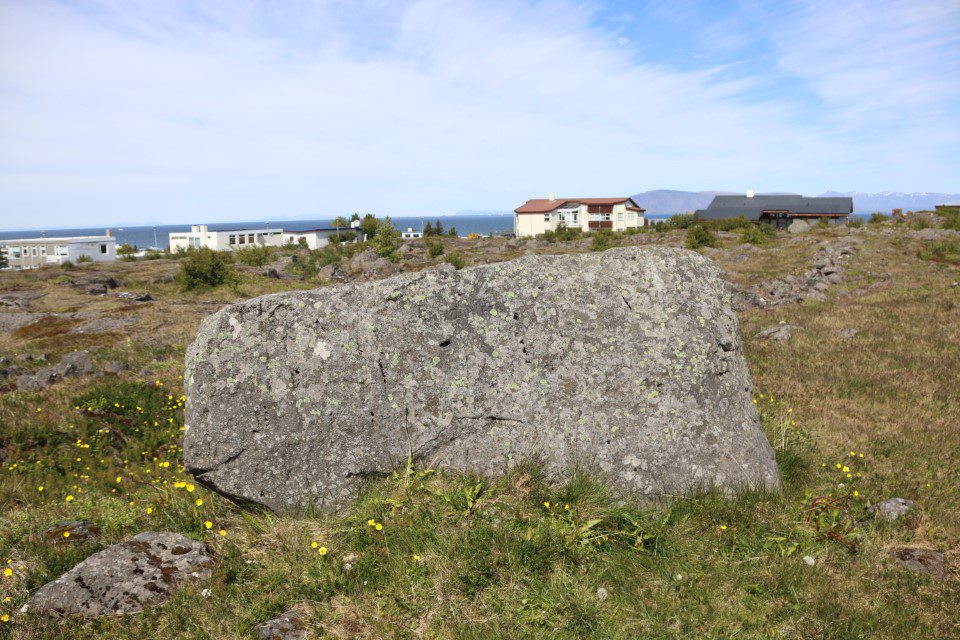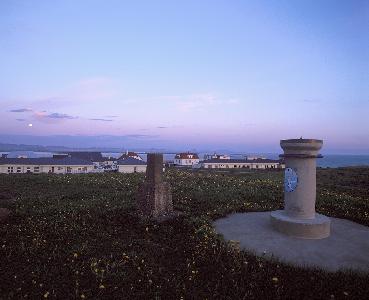Vinna við nýjar heimasíður Umhverfis- og orkustofnunar og Náttúruverndarstofnunar er í gangi. Heimasíða Umhverfisstofnunar er virk á meðan vinnunni stendur. Information in English
Valhusahaed, Seltjarnarnes

Valhúsahæð was protected as a natural monument in 1998. Valhúsahæð has striated rock from an ice age glacier. It provides a panoramic view over Faxaflói. The hill is named after buildings that once housed the Danish king’s hunting falcons. Valhúsahæð is the highest point in Seltjarnarnes, 31 m above sea level.
Valhúsahæð is grassy, with barren gravel plains, with swaths of heath and spots of wetlands. Among the many species found there are e.g. sea campion, Richardson’s fescue, mountain thyme, meadow horsetail, northern bedstraw, lady’s bedstraw, common dandelion, proliferous fescue, many-flowered woodrush, spicate mountain woodrush, common meadow grass, Icelandic bedstraw, field horsetail, yarrow, sea plantain, forget-me-not, tufted vetch, woolly-leaved mountain willow, Bellard’s kobresia, Richardson’s fescue, selaginellales, common crow-berry, three-leaved rush, alpine meadow-rue, alpine cinquefoil, spike trisetum, northern green orchid, bog violet, wild pansy, northern dock, common sorrel, meadow buttercup and lady’s mantle, to name a few.
Geology in Valhúsahæð is diverse, and one can find loose strata, basalt lava layers (dolerite) and glacial striae. It is also possible that there’s an ancient volcano on Valhúsahæð. The age of the dolerite layers in Seltjarnarnes is unclear, but they are thought to have formed during the penultimate warm period. The loose glacial drift found there is probably from the end of the most recent glacial period. On Valhúsahæð, you can see relics related to the occupation and history of the occupation in Iceland during WWII.
The natural monument covers an area of 1.7 ha.
